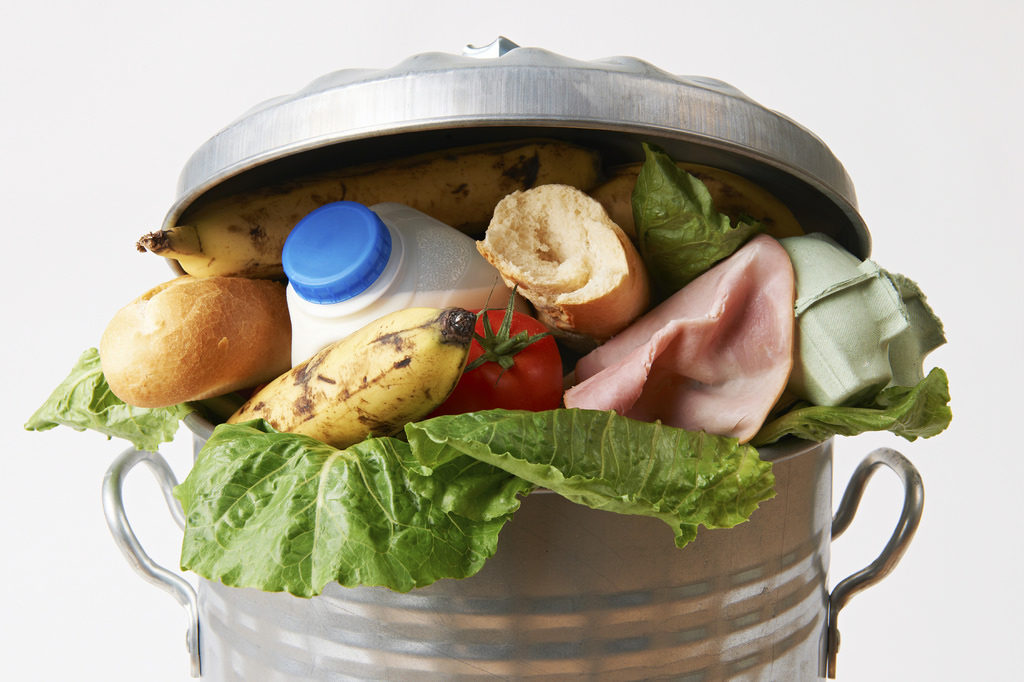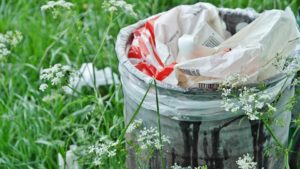In the United States, yearly food waste is estimated to range between 30-40 percent of the food supply. That translates to approximately 133 billion pounds of food per year, at a cost of $161 billion. Unfortunately, that wastefulness has far-reaching impacts on food security, resource conservation and climate change, according to the USDA. But why?
- Wholesome food that could have helped feed families in need is sent to landfills.
- The land, water, labor, energy and other inputs used in producing, processing, transporting, preparing, storing, and disposing of discarded food generate impacts on the environment that may endanger the long-run health of the planet.
- Food waste, which is the single largest component going into municipal landfills, quickly generates methane, making landfills the third largest source of methane in the United States.
This massive problem inspired the U.S. Department of Agriculture and the U.S. Environmental Protection Agency to launch a Food Waste Challenge in 2013. They asked groups across the food chain spectrum (farms, agricultural processors, food manufacturers, grocery stores, restaurants, universities, schools, and local governments) to join efforts to:
Reduce food waste by improving product development, storage, shopping/ordering, marketing, labeling, and cooking methods.
Recover food waste by connecting potential food donors to hunger relief organizations like food banks and pantries.
Recycle food waste to feed animals or to create compost, bioenergy and natural fertilizers.
The Challenge hopes to enlist 1,000 groups by 2020. If that happens, it would be an awesome accomplishment, but what can you do individually to reduce food waste? I get irate when food I’ve purchased, prepared, and/or grown goes to waste. No one would ever take a $10 bill out of their wallet and throw it in the trash can; throwing food away instead of cash doesn’t make the financial loss more palatable.
So what are some of the strategies you can utilize to minimize food waste in your home? Recommendations from the Harvard T.H. Chan School of Public Health include the following:
- Be particular about fresh produce; try to choose the freshest looking produce you can. It is also important at times to reconsider the “fresh is best” mantra, as produce that has been canned, frozen, or dried can help extend shelf life.
- Don’t buy in bulk if you know you can’t eat the food in a reasonable, safe amount of time.
- Use the “first in, first out” method in your pantry. Keep shelves stocked so that older food items are in the front and chosen first.
- Keep leftovers visible in the front of the refrigerator, and label the container with an “eat by” date.
- If you know you can’t eat something within a few days, consider freezing it.
- Use less than perfect vegetables in soups and casseroles, and fruits in smoothies.
- If all else fails and you find something you need to toss, throw it in a compost pile or in a yard waste can where it can be recycled.


